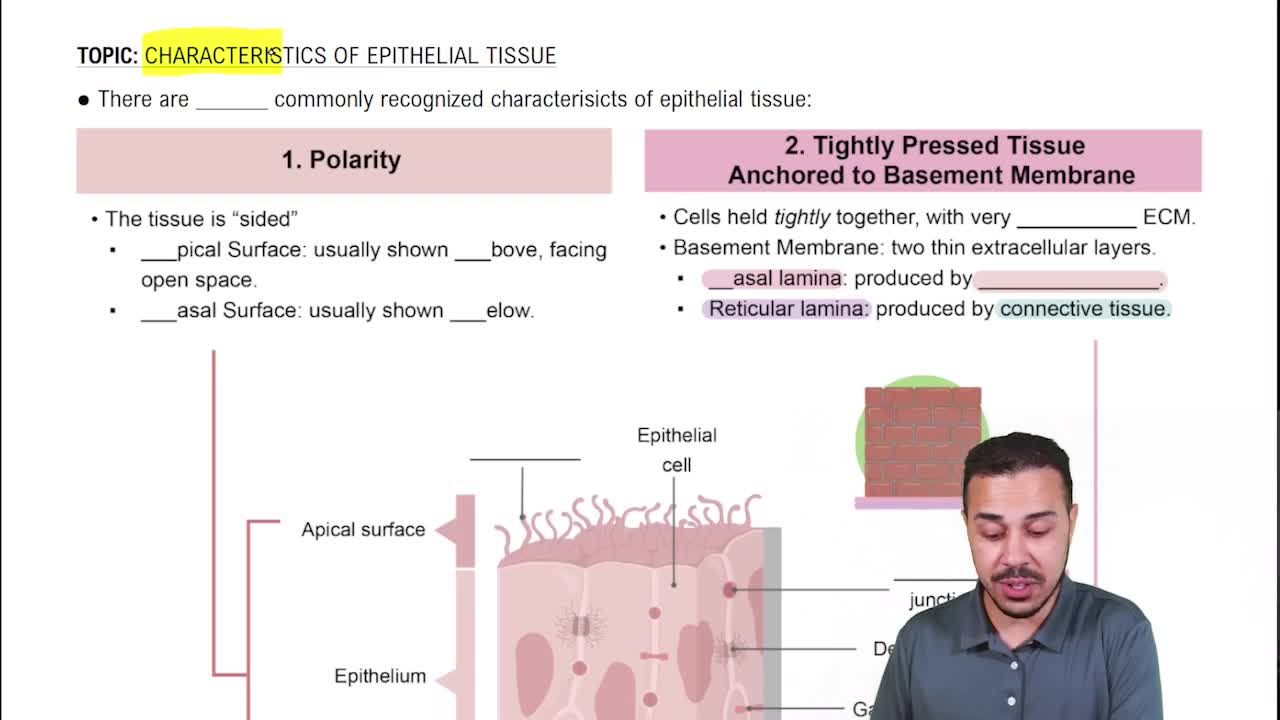The establishment of emotional states is a function of the:
(a) Limbic system
(b) Tectum
(c) Mammillary bodies
(d) Thalamus
 Verified step by step guidance
Verified step by step guidance Verified video answer for a similar problem:
Verified video answer for a similar problem:



 1:32m
1:32mMaster The Central Nervous System with a bite sized video explanation from Bruce Bryan
Start learning